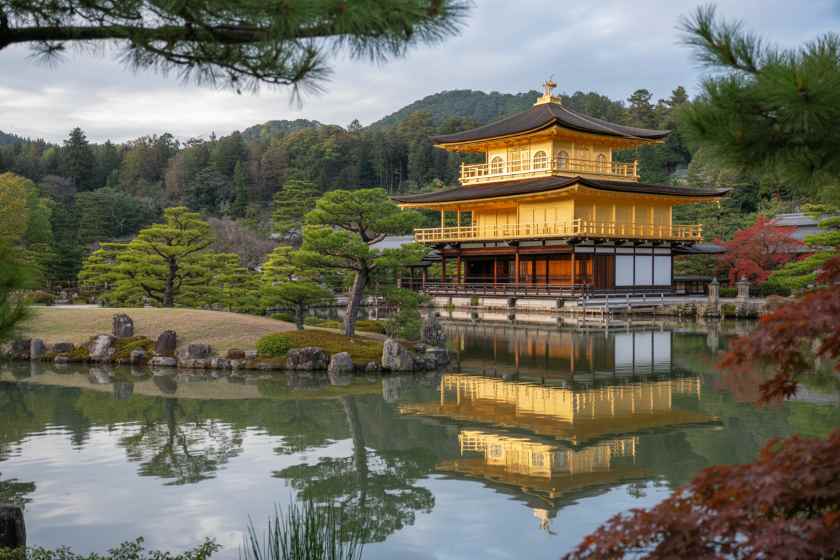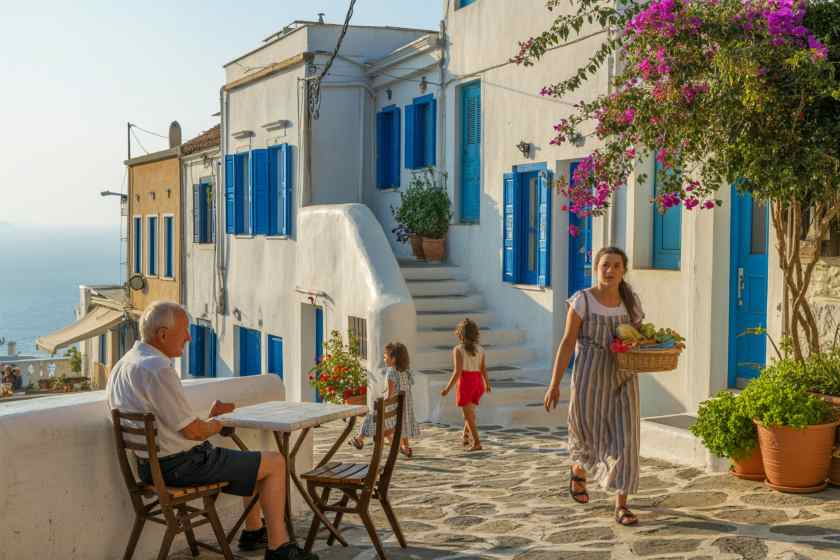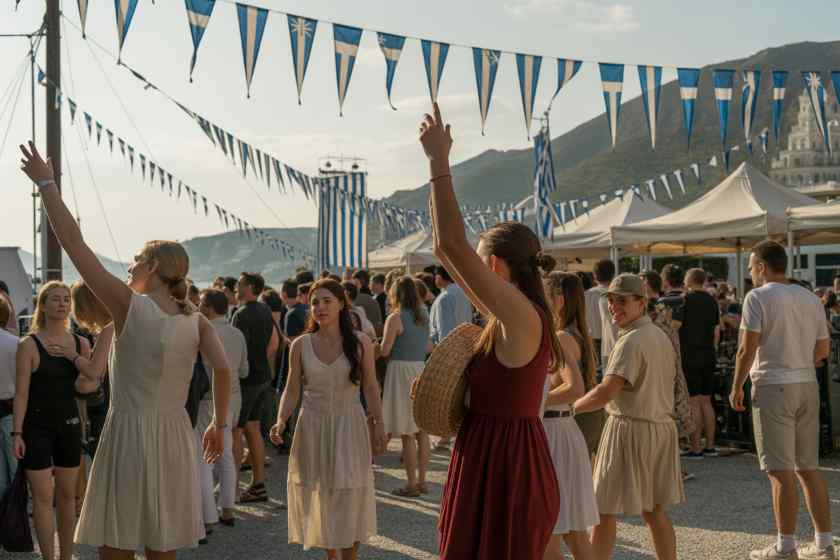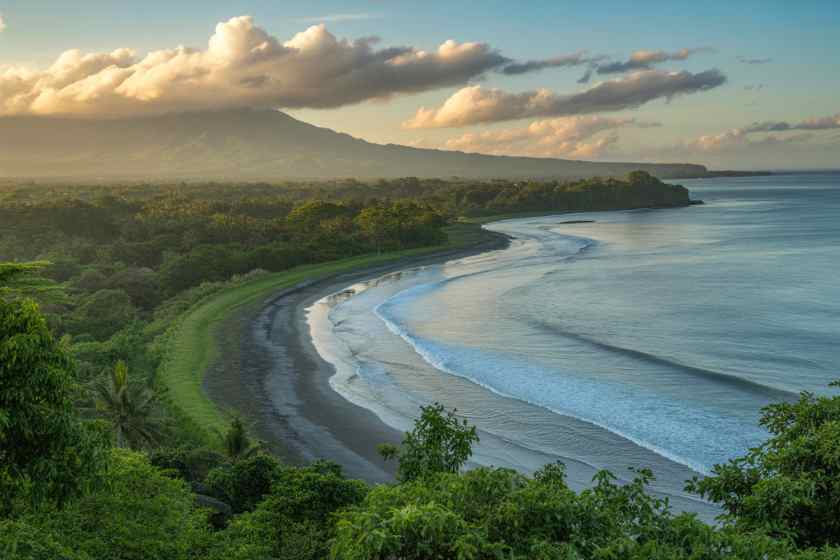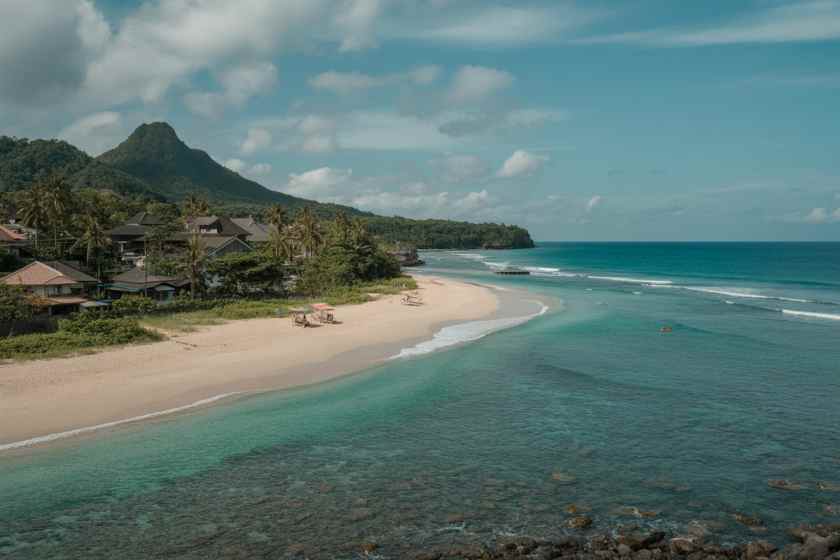Rocco Forte’s The Carlton Milan: A Design-Forward Luxury Hotel in Milan’s Fashion Heart

Set to open on November 6th 2025, The Carlton Milan is the latest addition to Rocco Forte Hotels and to Milan’s luxury offering. It is located in the Attila area and al the property allows guests to interact digitally with the hotel, features contemporary and sophisticated designs dotted with Milanese classical elements, with the core focus being to provide personalized luxury.
Along with the expansion of the group’s presence in Italy, this addition will serve as the 16th property of Rocco Forte and the 2nd in Milan. His move is expected to change the current trend in hospitality practices of the city, offering more intuitive, residential-style luxury experience that allows guests to slow down and interact with the city more meaningfully.
Prime Location in Milan’s Fashion District
Located at dual addresses Via Senato 5 and Via della Spiga 8 the hotel occupies an enviable position at the crossroads of Milan’s fashion and design districts. These two entrances offer a blend of discreet and iconic access points, ensuring that guests experience both privacy and the excitement of Milan’s bustling high-fashion scene.
The hotel’s strategic location makes it the perfect base for visitors looking to explore Milan’s key attractions. Guests are within walking distance of high-end boutiques on Via Montenapoleone, world-class museums, art galleries, and renowned restaurants. The surrounding area also features famous landmarks such as the Galleria Vittorio Emanuele II and the Duomo di Milano, offering a comprehensive Milan experience.
A Design-Forward Homage to Milanese Elegance
The Carlton Milan offers a design-forward concept, paying homage to the legacy of the Carlton name. Interior spaces were curated by Philip Vergeylen and Paolo Moschino, with guidance from Lady Olga Polizzi. The hotel’s 71 rooms and suites are designed with a focus on creating a warm, inviting atmosphere that resembles a private townhouse rather than a traditional hotel.
With natural light streaming into the rooms, guests will find a peaceful retreat that feels distinctly personal. Textured fabrics, custom-made furnishings, and carefully chosen décor elements provide a tactile and luxurious atmosphere. Many rooms and suites overlook the tranquil inner garden or the fashionable façades of Via della Spiga, adding to the serene ambiance.
The hotel’s guest rooms are designed with relaxation in mind, offering thoughtfully curated libraries, custom lighting, and elegant marble bathrooms. The space is a blend of comfort and craftsmanship, where every detail has been carefully considered to elevate the guest experience.
Culinary and Wellness Offerings
At the heart of The Carlton Milan’s offering is its culinary program, led by renowned Chef Fulvio Pierangelini. Guests can indulge in seasonal menus that incorporate classic Italian flavors with a modern twist. The hotel’s restaurant, cocktail bar, and garden terrace offer a refined yet relaxed environment, where both guests and locals can enjoy the sophisticated Milanese dining scene.
For wellness enthusiasts, the Irene Forte Spa offers a nature-led approach to rejuvenation. The spa uses Mediterranean botanicals to guide guests through wellness rituals aimed at longevity. With a range of treatments, relaxation lounges, a fitness center, and a beauty salon, the spa offers a complete wellness experience for travelers seeking respite from the city’s pace.
Curated Experiences for Milan’s Cultural Evolution
Beyond the hotel’s design and amenities, The Carlton Milan is positioned as a gateway to explore Milan’s evolution into a cultural epicenter. Milan is not just a global fashion capital but also a hub for contemporary art, design, and creative expression. The hotel offers curated experiences that reflect this transformation, providing guests with access to private exhibitions, performances, and art galleries.
Guests can also enjoy guided tours of Milan’s lesser-known architectural gems and hidden courtyards, taking in the city’s unique blend of old and new. Whether through bespoke shopping experiences in Milan’s fashion district or private dining experiences, The Carlton Milan offers personalized itineraries tailored to each guest’s interests.
The hotel’s concierge team is available to arrange activities that align with guests’ personal preferences, whether they are interested in art, architecture, or gastronomy. This personalized approach to travel makes The Carlton Milan an ideal base for exploring the vibrant and dynamic culture of the city.
An Urban Sanctuary
The Carlton Milan represents a new benchmark for luxury hospitality in Milan, focusing on comfort, elegance, and a personalized experience. It is designed as an urban sanctuary where guests can immerse themselves in the rhythm of Milanese life while enjoying the serenity and sophistication of the hotel.
With its opening, The Carlton Milan further solidifies Rocco Forte Hotels’ commitment to offering world-class luxury experiences in prime European destinations. Travelers visiting Milan can expect an unparalleled blend of heritage, design, and modern luxury that redefines the Milan hotel scene.
The post Rocco Forte’s The Carlton Milan: A Design-Forward Luxury Hotel in Milan’s Fashion Heart appeared first on Travel And Tour World.

